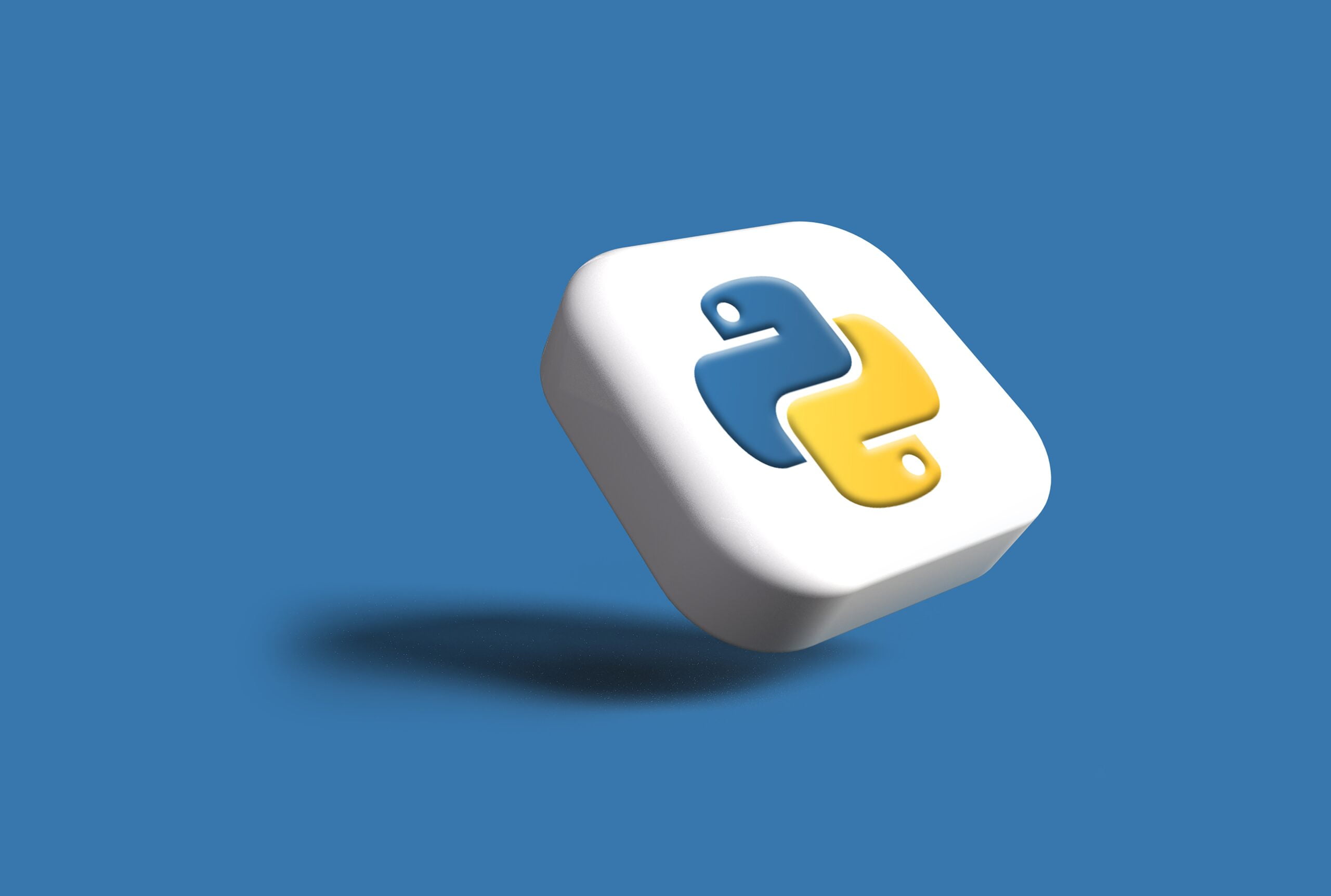Python is like a magic wand in the world of computer programming. It’s a language that’s easy to understand, flexible, and incredibly useful. Whether you’re a beginner or have some experience, Python can help you make cool stuff like websites, games, and even programs that think for themselves. In this blog post, we’ll take a closer look at what Python is, how to use it, and why so many people love it.

Table of Contents
What is Python?
Python is a computer programming language, which is like a set of rules that computers can understand to perform tasks. It was created by a person named Guido van Rossum in 1991. Since then, it has become really popular because it’s easy to learn and can do a lot of different things.

Why is Python Easy?
One of the best things about Python is that it’s easy to read and write. Unlike some other programming languages that use lots of symbols and special characters, it uses simple words and phrases. For example, if you want to say “print something on the screen,” you just write print(“something”). It’s like talking in plain English!
Indentation
Another thing that makes Python special is the way it uses spaces or tabs to show which lines of code belong together. This is called “indentation.” It helps make the code look neat and organized. So, instead of using curly braces {} or keywords like end, Python uses indentation to understand which lines of code go together. Generally, you can use either 4 spaces or a tab for indentation.
if True:
print("This part is indented correctly!")
else:
print("This part is not indented correctly!")
Comments
In Python, comments start with a # symbol and don’t affect how the code runs. It’s like leaving yourself little reminders or explanations for later.
# This is the comment which explains the below code shows you how to print "Hello World."
print("Hello, World!")
Variables and Data Types
In Python, you can use variables to store different types of information, like numbers, words, or true/false values. Let’s explore some of the basic types of data you can use in Python:
Integer
Integers are whole numbers without any decimals. You can use them to store things like ages, scores, or counts.
# Integer age = 25 # This variable stores a person's age
Floating Point Numbers
Floating-point numbers have decimals. You can use them to store things like heights, weights, or any other measurement with decimals.
# Float amount = 100.50 # This variable stores amount
Strings
Strings are character sequences that are double-quoted (“”) or single-quoted (”). You can use them to store names, messages, or any other text.
# String name = "John Doe" # This variable stores a person's name name = 'Amber Watt'
Booleans
Booleans represent truth values, which can either be True or False.
# Boolean is_adult = True # This variable tells us if a person is an adult
Lists
Lists are structured groupings of elements that can contain items of various data types. Items in a list are enclosed within square brackets [ ], and they can be accessed by their index. Here’s how you can declare a list:
# List names = ["Tarun", "Rahul", "Aman"]
Tuples
Tuples are similar to lists, but you can’t change them once they’re created. They’re like read-only lists.
# Tuples coordinates = (4, 5) # This tuple stores coordinates
Sets
Sets are collections of unique items. They can’t have any duplicate values.
# Set
colors = {"red", "green", "blue"} # This set contains color names
Dictionaries
Dictionaries store key-value pairs. Each key is like a label that you can use to look up its corresponding value.
# Dictionary
person = {"name": "Tarun", "age": 23, "city": "Delhi"} # This dictionary has information about a person
Why Choose Python?
Versatility
One of Python’s most attractive features is its adaptability. Python has the tools and modules to complete any work, whether it’s building a web application, building a machine learning model, or automating system operations. Because of its versatility, developers from a variety of sectors love it.
Easy for Beginners
Python’s simple syntax and readability make it a great choice for people who are new to programming. You don’t need to be a computer genius to start learning it!
Strong Community
Python has a huge community of users who are always ready to help each other out. Whether it’s online forums, tutorials, or coding meetups, there’s always someone to guide you when you’re stuck.
Can Handle Big Projects
Despite its simplicity, it is a powerful language that can handle big and complex projects. Companies like Google, Instagram, and Spotify use Python to run their services, so you know it’s up to the task.
Summary
Python is a fantastic programming language that’s both powerful and easy to learn. Whether you’re a complete beginner or have some experience, it has something to offer for everyone. So, why not give it a try? Start learning it today and unlock a world of possibilities for creativity, problem-solving, and innovation.


